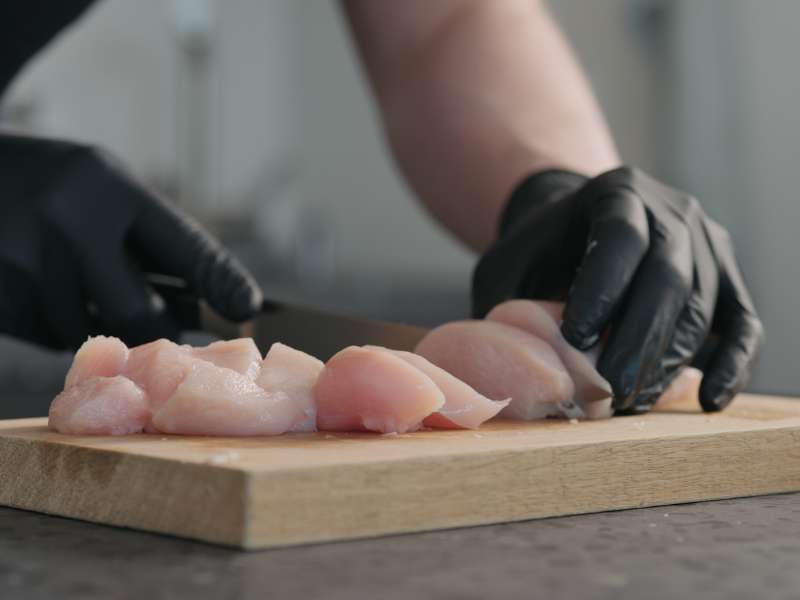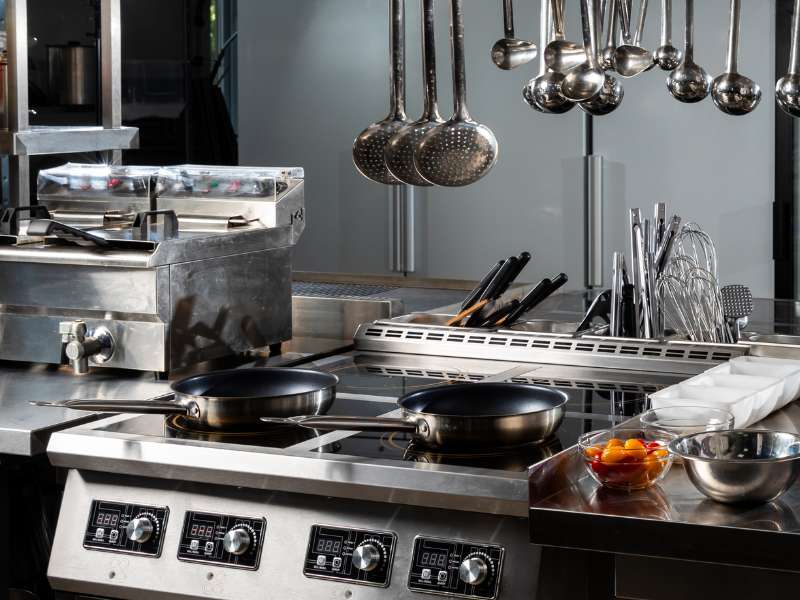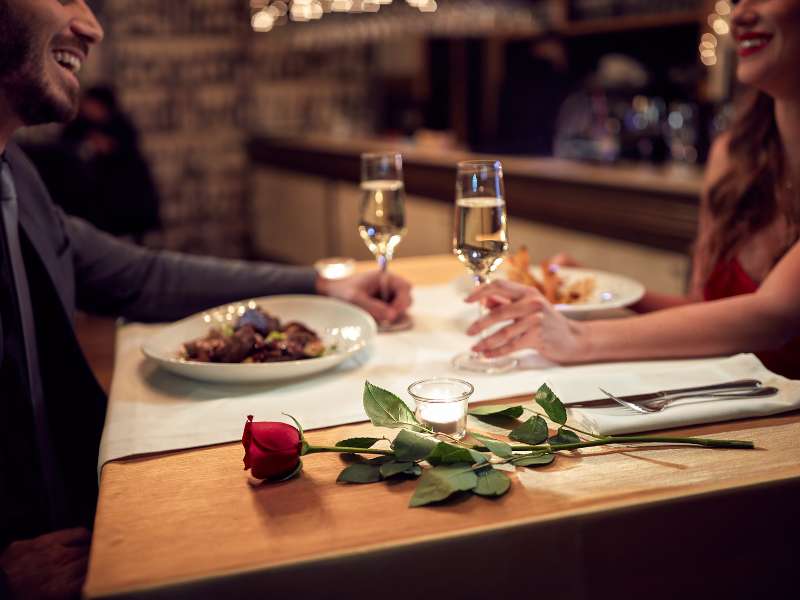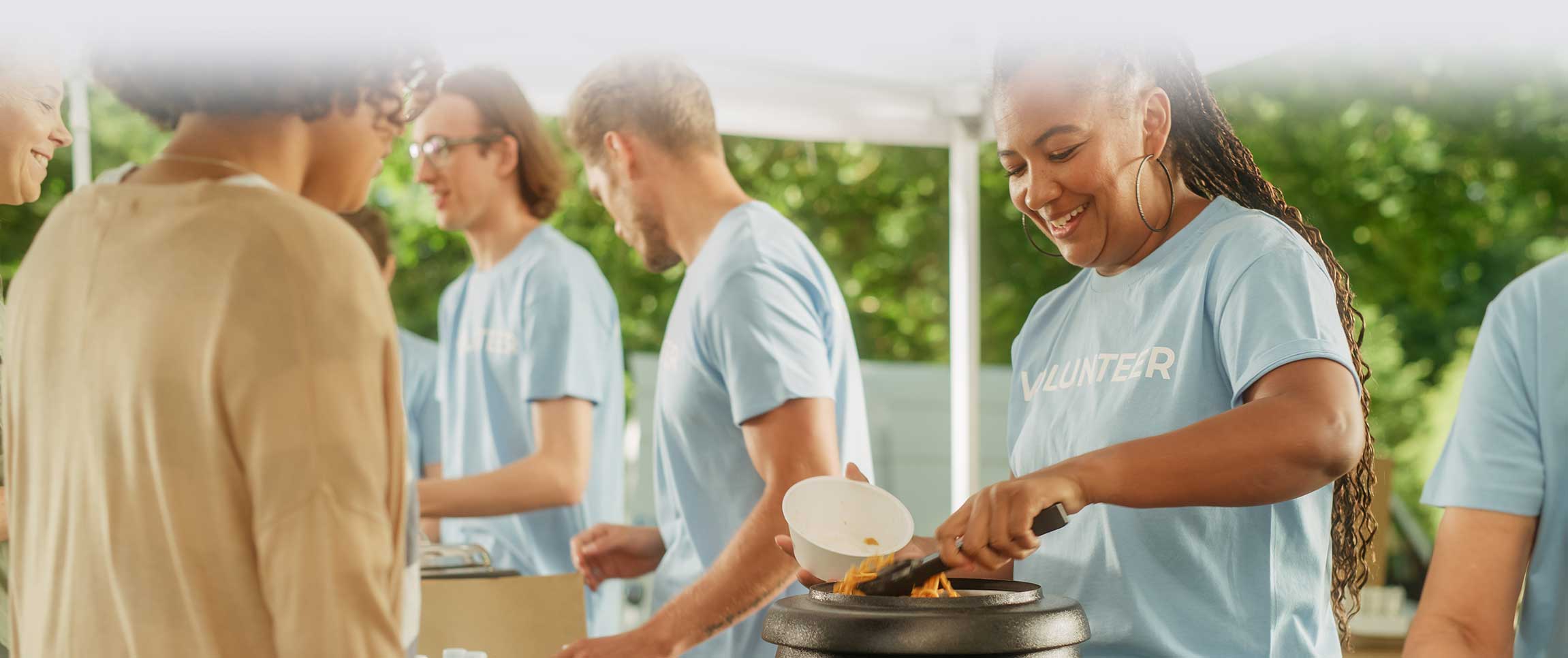The best restaurants are often about more than just food. They’re about people—the community of individuals who work together, dine together, and support each other. For restaurants, connecting with the greater community is important in so many ways.
For example, working with a nonprofit organization can help build community, increase visibility, and show your commitment to causes that are meaningful to your staff. Let’s take a closer look at strategies for engaging community partnerships to drive traffic and boost sales at your restaurant.
Craft an Engagement Plan
Before you can begin to pursue community partnerships, it’s important to understand what your specific goals are. Are you interested in supporting causes that are meaningful to you and your staff? Are you hoping to connect with a new network of customers to drive traffic to your restaurant? Are you interested in attracting press for your restaurant and chefs? Take the time to identify your priorities around community engagement so that you can make decisions about how you’ll reach your goals.
Another part of the planning process should be a kind of audit of what you have to offer. Can you provide catering services or a venue for meetings, or can you host ticketed charity dinners? Do you have the equipment and staff necessary to participate in off-site events like festivals or other fundraising events? How often throughout the year can you devote time and energy to community events? Take stock of how you can best serve your community based on existing resources and build your plan accordingly.
Select Specific Nonprofit Partners
There are so many ways to engage with nonprofits, from creating specific give-back menu items (play around with fun cocktails, apps, and desserts), to hosting ticketed dinners, to team-building opportunities where your staff volunteers together. There’s a ton of potential for doing good, but it’s important to determine who your nonprofit partners will be and for what amount of time.
Consider choosing one or two organizations to partner with for six months to a year to start. This allows you the time to really deepen the relationship and make an impact, but it also gives you the opportunity to work with another organization (and further expand your reach) once you’ve completed an agreed-upon partnership. For ongoing relationships, especially with national organizations, you may even want to create a formal agreement that outlines what both parties can expect.
It’s ok to ask a nonprofit how working together can benefit your restaurant, and hopefully, they’ll be asking the same thing of you. Look for ways to tap into each other’s networks and resources to create a mutually beneficial partnership.
Build Your Network
A community is made up of the people around you, so a great place to start building relationships is with the businesses near your restaurant. Consider collaborating with neighboring businesses on initiatives that drive traffic to your area—maybe it’s a block party or an ongoing promotion where customers are rewarded for patronizing multiple businesses in that area.
It could be as simple as promoting agreements between businesses such as, “No corkage fee if you buy your wine from our neighboring wine shop.” Beyond your immediate neighbors, you may want to work with businesses, such as purveyors, farmers, and distributors, who could be strategic professional partners to help you further your reach and impact.
Share the Story
Community partnerships and nonprofit engagement are great opportunities for press, so make sure, as part of your community engagement plan, that you are actively telling the story of the good you’re doing in your community through social media, newsletter updates, and press releases.
Don’t think of it as tooting your own horn; think of it as expanding the reach of the nonprofit and encouraging other community members to contribute in their own way. By telling your story, you’re showing the public your commitment to your community.
Fun Concepts Include:
- Support local PTAs by hosting spirit nights where a part of proceeds goes back to the school
- Host a charity dinner for your nonprofit partner
- Feature your chef in a multi-chef dinner or dine-around event for a nonprofit
- Participate in coach’s cook-off events by lending kitchen support
- Offer a discounted rate for nonprofits to host events at your restaurant or for boxed lunches or other catering
- Participate in your city’s Restaurant Week
- Create an LTO give-back menu item with a nonprofit beneficiary
Finding Potential Community Partners:
- Connect with your local chamber of commerce
- Follow local schools and nonprofits on social media
- Look at area community calendars for upcoming events
- Ask staff about causes that are important to them



